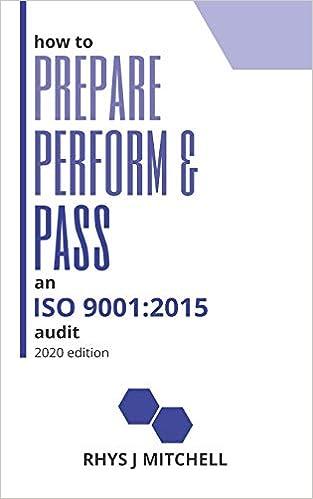


Joe Samson, the new controller of Mutual Manufacturing Company (MMC) believes that the company should use the dual rate method of allocating overhead costs of its Materials Management Department to its Machining and Assembly Departments instead of the single rate method, which the company has used since its inception 20 years ago. Samson's Materials Management Department has an annual capacity of 7,440 labor-hours and a budgeted fixed cost of $297,600. The budgeted variable cost per labor-hour of the Materials Management Department is $28. Samson gathers the following information: (Click the icon to view the information.) Read the requirements. Data table Requirements 1. Using the single-rate method, allocate Materials Management Department costs to the Machining and Assembly Departments in these three ways: a. Calculate the budgeted rate based on the budgeted number of Materials Management Department labor-hours and allocate costs based on the budgeted use of Materials Management labor-hours in the Machining and Assembly Departments. b. Calculate the budgeted rate based on the budgeted number of Materials Management Department labor-hours and allocate costs based on actual usage. c. Calculate the budgeted rate based on the practical capacity of Materials Management Department labor-hours and allocate costs based on actual usage. 2. Using the dual-rate method, compute the amount allocated to the Machining and Assembly Departments when (a) the budgeted fixed-cost rate is calculated using budgeted fixed costs and practical capacity of the Materials Management Department, (b) fixed costs are allocated based on the budgeted fixed-cost rate and budgeted usage of Materials Management Department services by the Machining and Assembly Departments, and (c) variable costs are allocated using the budgeted variable-cost rate and actual usage. 3. Comment on your results in requirements 1 and 2. Discuss the advantages of the dual-rate method. Joe Samson, the new controller of Mutual Manufacturing Company (MMC) believes that the company should use the dual rate method of allocating overhead costs of its Materials Management Department to its Machining and Assembly Departments instead of the single rate method, which the company has used since its inception 20 years ago. Samson's Materials Management Department has an annual capacity of 7,440 labor-hours and a budgeted fixed cost of $297,600. The budgeted variable cost per labor-hour of the Materials Management Department is $28. Samson gathers the following information: (Click the icon to view the information.) Read the requirements. Data table Requirements 1. Using the single-rate method, allocate Materials Management Department costs to the Machining and Assembly Departments in these three ways: a. Calculate the budgeted rate based on the budgeted number of Materials Management Department labor-hours and allocate costs based on the budgeted use of Materials Management labor-hours in the Machining and Assembly Departments. b. Calculate the budgeted rate based on the budgeted number of Materials Management Department labor-hours and allocate costs based on actual usage. c. Calculate the budgeted rate based on the practical capacity of Materials Management Department labor-hours and allocate costs based on actual usage. 2. Using the dual-rate method, compute the amount allocated to the Machining and Assembly Departments when (a) the budgeted fixed-cost rate is calculated using budgeted fixed costs and practical capacity of the Materials Management Department, (b) fixed costs are allocated based on the budgeted fixed-cost rate and budgeted usage of Materials Management Department services by the Machining and Assembly Departments, and (c) variable costs are allocated using the budgeted variable-cost rate and actual usage. 3. Comment on your results in requirements 1 and 2. Discuss the advantages of the dual-rate method









